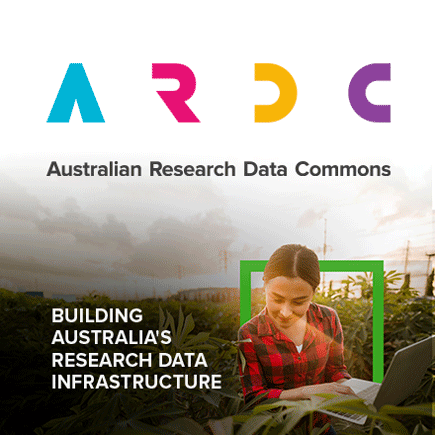Brief description
CSIRO, through the Water for a Healthy Country National Research Flagship, was contracted by the National Water Commission to assess the current and future water availability in 18 regions across the Murray-Darling Basin (MDB) considering climate change and other risks to water resources. Three climate scenarios were used for the hydrological modelling in the project: historical climate, recent climate and future climate. The historical climate scenario, is the baseline against which other scenarios are compared. This dataset is used to run rainfall-runoff models and is based on observed SILO Drill climate data from 1895-2006. The original SILO data has been removed due to licensing restrictions. The areal potential evapotranspiration (APET) and point potential evapotranspiration (PPET) were both derived. Further details are in the published report: Chiew FHS, Teng J, Kirono D, Frost AJ, Bathols JM, Vaze J, Viney NR, Young WJ, Hennessy KJ and Cai WJ (2008) Climate data for hydrologic scenario modelling across the Murray-Darling Basin. A report to the Australian Government from the CSIRO Murray-Darling Basin Sustainable Yields Project. CSIRO, Australia. https://publications.csiro.au/rpr/pub?pid=procite:88ee61de-92b9-4acc-b9b1-bf6de5d45ca9Format Name : netCDF
Format Version : 3.0
Dataset creation date: 2007
Lineage: The data set published here is incomplete. Due to license conditions associated with the SILO dataset, we are unable to publish the SILO component of the data set. The APET and PPET are estimated from the climate data using Morton's ET algorithm. The relative humidity (actual vapour pressure divided by saturation vapour pressure) is a by-product of the above calculations. P-T-ET is estimated using Mike Raupach's computer program - this variable is not used in the project. The rainfall, minimum temperature, maximum temperature, incoming solar radiation and actual vapour pressure come from SILO Data Drill from the Queensland Department of Environment and Resource Management. The SILO Data Drill provides surfaces of daily rainfall and other climate data interpolated from point measurements made by the Australian Bureau of Meteorology. Details at: http://www.derm.qld.gov.au/services_resources/item_list.php?category_id=8&page=2
Credit:
The Murray-Darling Basin Sustainable Yields project was undertaken by CSIRO under the Australian Government's Raising National Water Standards Program, administered by the National Water Commission.
Process Step:
The original .csv data was processed along with the cell index data to produce a set of netCDF files. The conversion programs were written by CSIRO Information Management & Technology staff, with the output reviewed and tested by a range of stakeholders. Each netCDF file is stamped with the version of the software used to do the conversion and the code is available from https://netcdftools.svn.sourceforge.net/svnroot/netcdftools/trunk
Available: 2024-03-25
Data time period: 1894-12-31 to 2006-12-01
Subjects
Climate Change Processes |
Climate Change Science |
Earth Sciences |
Evapotranspiration |
Rainfall |
Rainfall, Evapotranspiration, Runoff |
Runoff |
User Contributed Tags
Login to tag this record with meaningful keywords to make it easier to discover
Identifiers
- Handle : 102.100.100/4563

- URL : data.csiro.au/collection/csiro:MDBSY_Scenario_A



